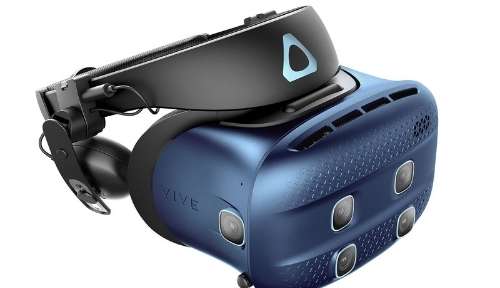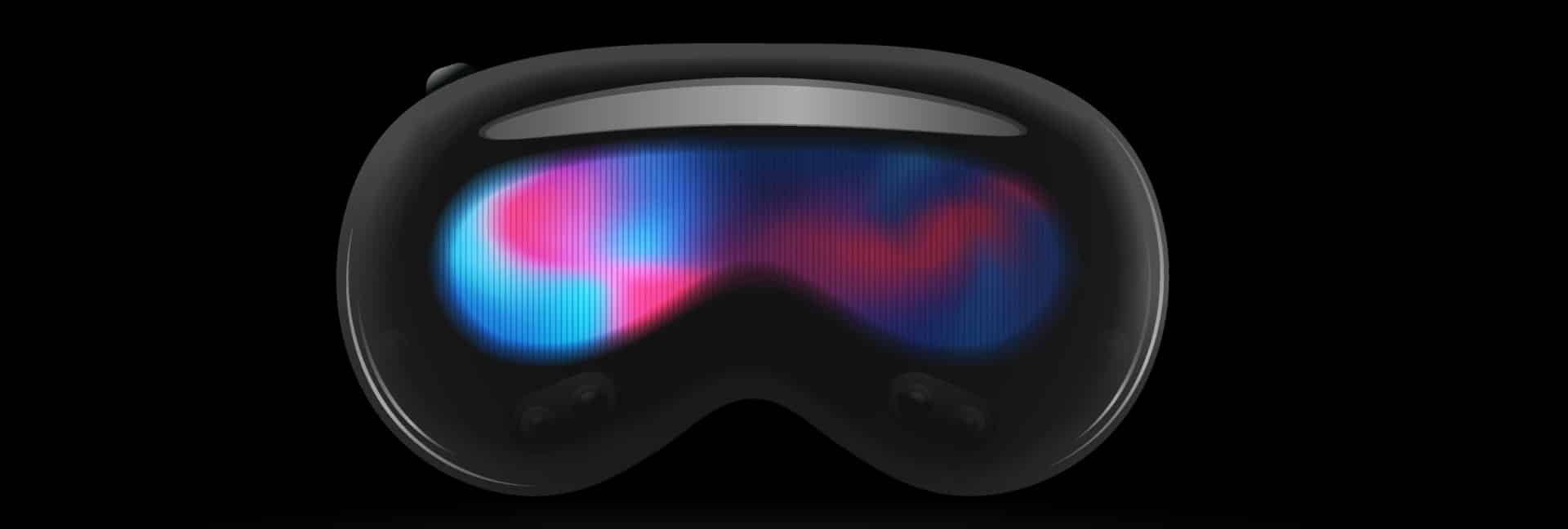In late 2021, Meta CEO Mark Zuckerberg revealed the company was working on “Project Nazare,” which he stated would be Meta’s first “fully augmented reality glasses.”
But since that announcement, there has been complete radio silence on the device’s progress. In the meantime, we’ve seen Meta pick up and drop projects, develop and launch the popular Quest 3 headset and witness Zuckaberg’s hype around the metaverse fade.
So, you’d be forgiven for thinking that Project Nazare had stalled or sidelined.
Now, Meta’s Head of AR Hardware, Caitlin Kalinowski, has brought the conversation around Project Nazare back to public attention. In a recent interview with Android Central, she said that Meta’s first AR glasses with the working name of “Orion” deliver the same “oh my God, WOW! I can’t believe this!” moment the Oculus Rift provided.
Kalinowski says this is down to the glasses’ “high field of view immersion.”. So, what do we know about Project Nazare? Let’s take a look at why we should be excited about this product.
Project Nazare, Where Have You Been?
AR glasses have been on Meta’s to-do list since at least 2017. Zuckerberg believes this technology will be Meta’s “iPhone moment,” and the implication is that the stand-alone glasses would help the company escape the thumbs of Google and Apple.
If AR glasses could deliver smart services without being connected to a phone, Meta apps like Facebook, Instagram, and Whatsapp wouldn’t have to abide by the rules set by Meta’s competitors.
During Zuckerberg’s now-famous Facebook rebranding video, he talked about how the company was working on AR glasses that would be “holy grail” devices that would “redefine our relationship with technology.” He compared these AR glasses to smartphones, as though they would provide a significant technological and cultural shift.
Meta’s roadmap back then saw the first generation of AR glasses reach consumers in 2024, with an improved and lighter design following in 2026 and a third generation reaching the market in 2028. And, as 2024 ticks on, those who remember these details may wonder what happened to Project Nazare.
In the summer of 2022, it was reported that Project Nazare would be pushed back. The news came alongside the cancellation of Meta’s smartwatch and the announcement that Portal would only be used for businesses.
The reason for the AR glasses’ delays is centered around issues with weight and software.
What Has Caitlin Kalinowski About Project Nazare?
In her recent interview, Kalinowski reiterated Zuckerberg’s 2021 announcement, confirming that work on transparent AR glasses was still underway. She explained that with these transparent AR glasses, “customers are going to be able to see both the original photons of the real world in addition to what overlay you effectively want to have.”
Over the last few years, we’ve got used to this type of technology. The HoloLens 2 and MagicLeap 2 both couple waveguides and micro OLEDs instead of passthrough cameras like traditional VR headsets might.
Where Project Nazare gets exciting is in its field of view. VR headsets typically have a field of view of around 100-120 degrees. So far, AR headsets have only been capable of a 50-degree diagonal.
But Project Nazare isn’t a headset. So, achieving a high field of view from a pair of glasses is something to write home about.
When Will We Hear More?
Every year, Meta hosts its Connect conference. This usually falls in late September or early October. Meta will likely hold off until Connect to showcase the new AR glasses to the world.
In Zuckaberg’s Meta rebrand video, the company used animated sequences to show off the potential of this new technology. With Kalinowski’s comments in mind, it’s likely we’ll see actual demonstrations of the glasses this year.
But even if we do get to see the new glasses, there’s a strong possibility we may be waiting much longer. Last year, The Verge reported that Meta would launch the AR glasses internally this year and that a public release would not happen until 2027.
According to The Information, 1000 Orion units are being produced for Meta staff. Once the glasses have been launched internally, we’ll hopefully start to see and hear more about them. Then, Meta can effectively create interest and demand around the product.
Meta’s AR glasses, codenamed Artemis, will be released publicly and will have lower production costs than Orion. The challenges for Meta include reducing the production prices and effectively demonstrating relatable use cases so consumers see the benefits.







